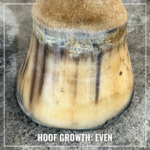
Journey Through Equine Hoof Health
Unlocking the Secrets of Your Horse’s Hooves Have you recently taken a close look at your horse’s feet? The growth and changes ...
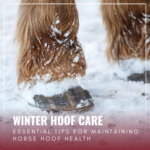
Winter Hoof Care: Essential Tips for Maintaining Your Horse’s Hoof Health
Tackling Winter’s Unique Challenges for Hoof Health As winter approaches, it brings unique challenges for horse owners, especially concerning hoof health. Cold ...

Winter Workouts: 8 Reasons to Keep Your Horse Moving This Winter
The Essential Role of Exercise in Winter Horse Care As horse owners, we often notice a slow down in our horses’ exercise ...
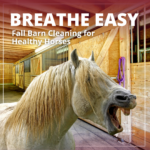
Fall Barn Cleaning for Winter Respiratory Health
Prioritizing Respiratory Health as Horses Spend More Time Indoors As the temperature drops and horses begin to spend more time indoors, it’s ...
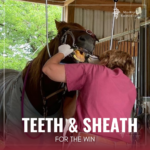
Teeth and Sheath: Efficiency Alert for Horse Owners!
Combine Teeth Float & Sheath Cleaning for Maximum Benefits Did you know you can save time and money by combining essential well-care ...
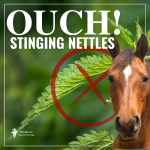
Plants Toxic To Horses: Stinging Nettles
OUCH! Stinging Nettles Stinging nettles are harmful to horses, as the hairs and bristles that cover their stems and leaves contain formic ...
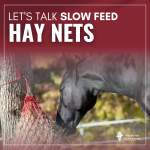
Slow Feed Hay Nets: The Pros and Cons of Feeding
CLIENT QUESTION: Let’s talk slow feed hay nets. It seems to be the latest and greatest toy for the equine community. What ...

Quick Tip: Pre-Stretching Elastickon® To Prevent Over-Tightening
QUICK TIP: Elle and Sarah aren’t TeePeeing the clinic; they are pre-stretching Elastickon®, an essential adhesive tape used in many medical settings ...
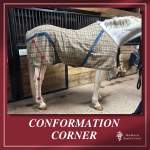
CONFIRMATION CORNER: The Post-Legged Horse
Post-legged horses (1st image) often have a lack of flexibility in their hind legs and stand in an up-and-down “post” position, rather ...
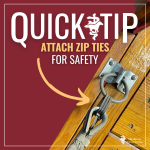
Quick TIP – Zip Ties for Horse Safety
Are you aware of the potential danger of injury when a horse pulls back and falls or flips over when they are ...